SUMMARY
This is AI generated summarization, which may have errors. For context, always refer to the full article.
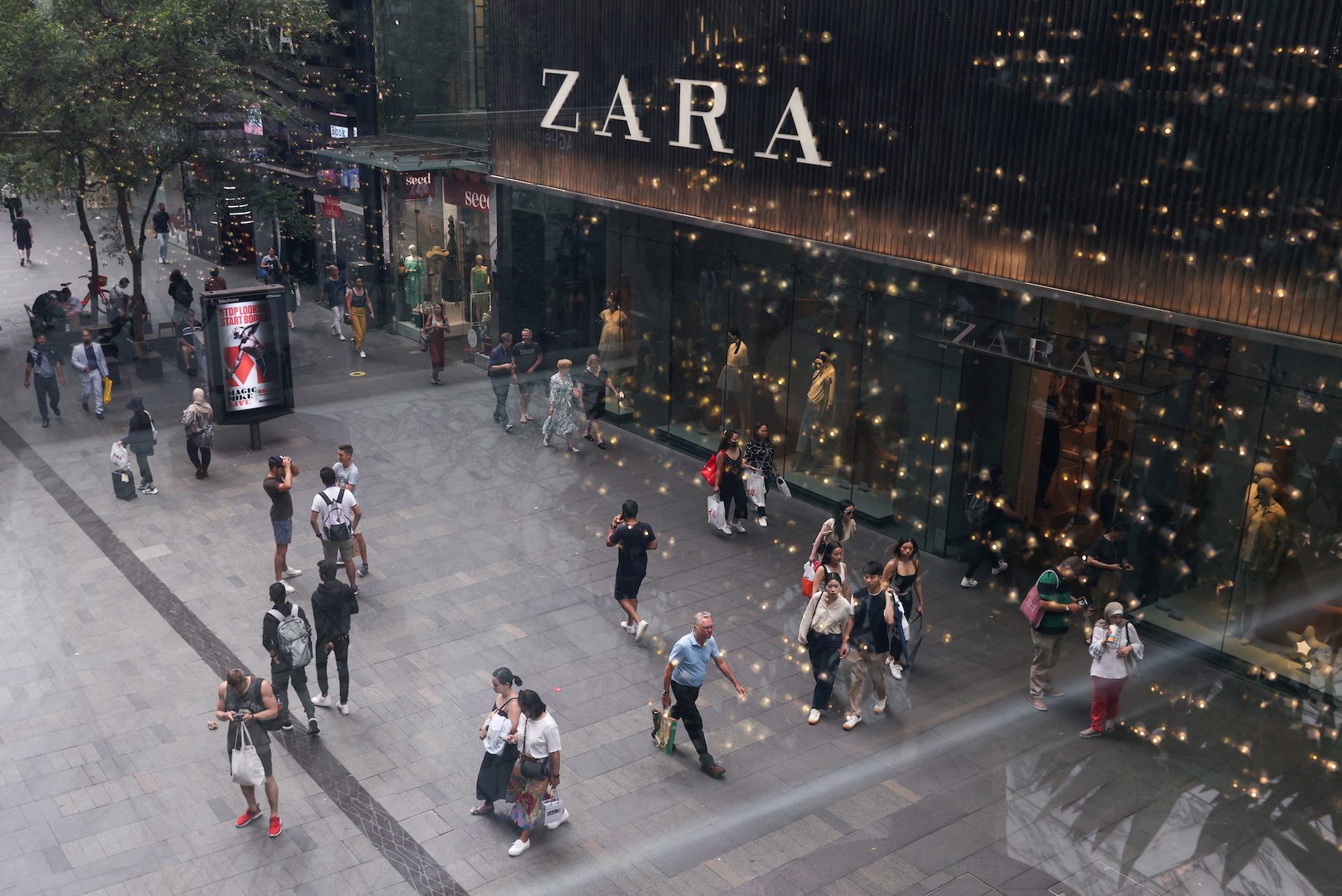
SYDNEY, Australia – Australia’s core inflation flew to its fastest annual pace since 2014 in the December quarter as fuel and housing costs led broad-based price pressures, a shock that will stoke market speculation of an early hike in interest rates.
Data from the Australian Bureau of Statistics out on Tuesday, January 25, showed the headline consumer price index (CPI) rose 1.3% in the fourth quarter and 3.5% for the year, topping forecasts.
The trimmed mean measure of core inflation favored by the Reserve Bank of Australia (RBA) jumped 1% in the quarter, the largest increase since 2008.
The annual pace picked up to 2.6%, above both the 2.3% forecast and the middle of the RBA’s 2% to 3% target range.
That will be a surprise to the RBA, which had expected core inflation would not reach 2.5% until the end of 2023, a major reason it did not expect to hike rates this year.
That outlook will now be sorely challenged when the RBA Board meets on February 1. Analysts generally assume it will keep rates at 0.1% but could well call an end to bond buying, part of its quantitative easing campaign.
“The RBA is all but certain to end its asset purchase scheme at its meeting next week,” said Ben Udy, an economist at Capital Economics. “Our expectation for wage growth to firm up over the course of this year means the bank should have enough evidence to hike rates by November.”
The rising cost of living, coupled with sky-high housing prices, is also shaping up to be a bone of political contention in a national election due by May.
The ABS noted a boom in home building combined with shortages of materials and labor to drive the largest increase in new dwelling prices in two decades.
Tuesday’s data emboldened markets, which have long wagered the RBA was behind the curve on inflation and would have to tighten early, perhaps even by May this year.
A rise to 0.25% is fully priced in by June along with three more moves to 1% by year-end.
Watching wages
The RBA had argued that inflation was not yet a problem for Australia, still being less than half the levels seen in the United States or United Kingdom.
Surging prices for energy and used cars have been a major contributor to US inflation, but electricity costs have actually been falling in Australia while the ABS does not include used cars in its CPI.
Wages have also been more restrained in Australia with annual growth running at just 2.2%, less than half the pace of the US and UK.
Still, unemployment has fallen much more quickly than expected to reach its lowest since 2008 at 4.2%, near lows that have lifted wages in the past.
A recent explosion of coronavirus cases has complicated the picture, throttling consumer spending but also causing supply bottlenecks that could add to inflationary pressures.
A survey of businesses from NAB on Tuesday showed confidence crumbled in December, even as sales held up reasonably well, while costs were rising at the fastest pace in years.
“With significant disruption to supply chains and labor markets, price pressures are to be expected and the key question will be how quickly, if at all, these pressures abate over coming months,” said NAB chief economist Alan Oster. – Rappler.com
Add a comment
How does this make you feel?

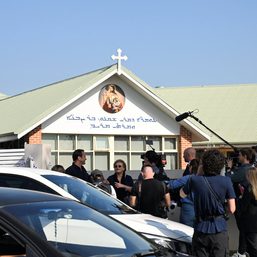
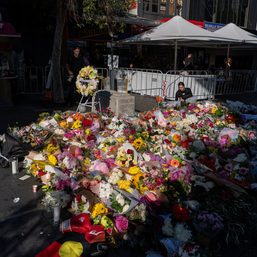
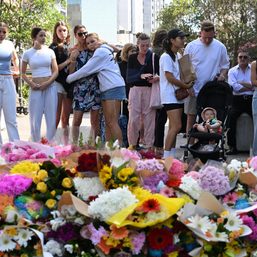
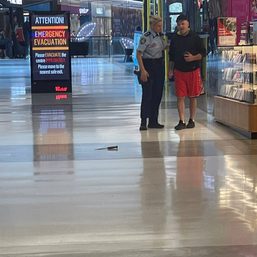
There are no comments yet. Add your comment to start the conversation.